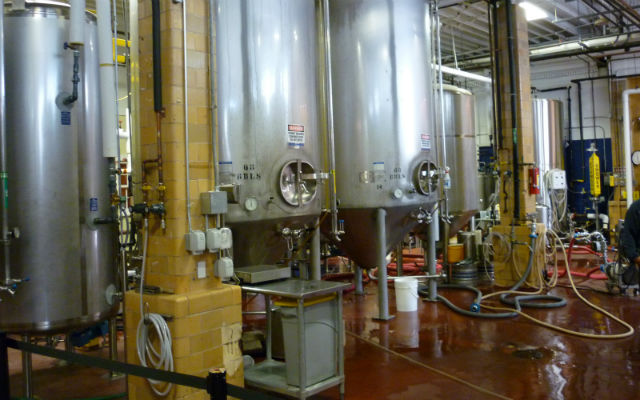
The quality of your brewery’s yeast is paramount in the brewing process as it directly influences the flavor, aroma, and consistency of the final product. A healthy and well-maintained yeast culture ensures efficient fermentation, contributing to the overall quality and character of the beer. This can be a make-or-break situation, especially early on in opening a brewery.
Oakshire‘s Dan Russo believes that most owners should get a yeast brink for in-house use at the start of any brewery.
“You can purchase fancy ones, or have a welder fabricate one,” said the COO for the Portland, Oregon brewery. “Especially if you don’t have in-line yeast handling equipment like larger breweries do. I think it is a great investment especially if you are doing under 1,000 barrels per year and not brewing every week.
“You’ll want to save the yeast for sure and one or multiple brinks can help.”
When talking about yeast propping, Russo explained that you can use a brink to start the yeast with a little LME or low-gravity wort just a couple of days before you brew a small batch. “You can also use it for an initial prop, say a week out from the brew,” he said. “Sometime three to four days later, move it to the cone with a diluted LME solution or low gravity wort and prop again.
“A 1/2bbl brink when grown properly, can be enough yeast to make about a 15bbl total batch.”
For harvesting, Russo said that Oakshire almost always goes cone-to-cone versus using a brink for storage.
Using a standard hose length that holds a certain volume of liquid, Russo said they usually look for about five gallons of yeast for every 20-barrel turn of wort that the brewery is producing.
“We’ll time the cone-to-cone transfer and multiply out to get the amount that we need,” he said. “We do have a brink as well. It is great for propping small amounts and storage if we need to hold on it.”
Oakshire generally does not store yeast in the brink for more than three days if they can. They currently have one brink and it gets mostly everything they need to get done. Russo added they will do yeast counting through the longer generations, but for the most part, they have had success in simply going cone-to-cone and knowing how the different strains act in the facility.




Be the first to comment